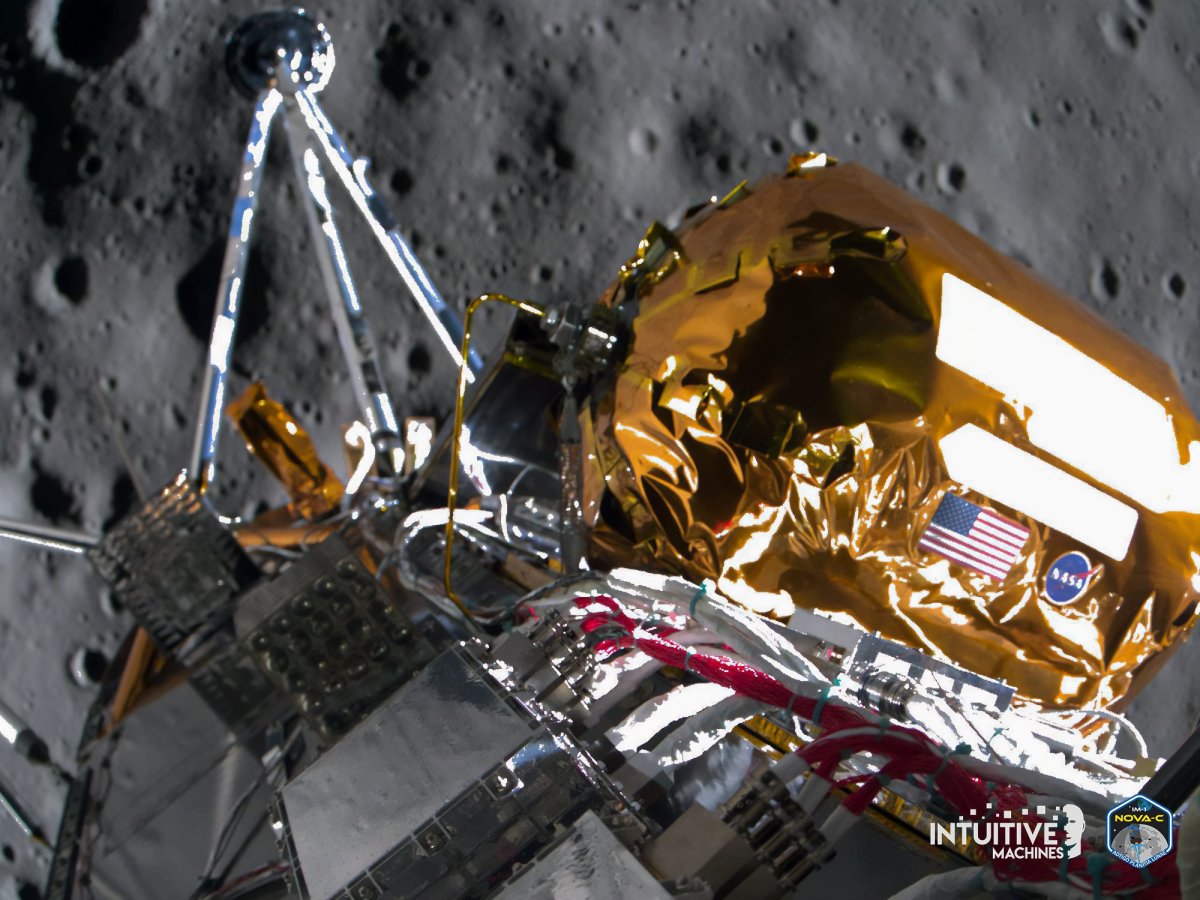Intuitive Machines’ inaugural moon mission took an unexpected turn as the spacecraft landed on its side, leading to a shift in the positioning of the solar panels in relation to the sun. The company announced this update on Tuesday morning.
Despite landing on the moon five days ago, flight controllers are still assessing the remaining battery life, estimated at 10-20 hours. Originally designed for a 7-10-day operation, the spacecraft named Odysseus encountered this setback.
Intuitive Machines achieved a historic milestone by landing Odysseus near the lunar south pole, marking the first American hardware to touch the moon’s surface since NASA’s final crewed Apollo mission in 1972. Additionally, it is the first privately built and operated spacecraft to achieve a lunar landing, coming closest to the lunar south pole amongst landers.
During a press briefing following the successful landing, it was revealed that Odysseus had tipped over during the descent. CEO Steve Altemus speculated that a lateral angle and rapid descend might have caused the tip, possibly due to catching on a rock or crevice.
Despite landing slightly elevated on a rock, Odysseus remains operational, continuing to transmit science data and imagery. However, the spacecraft’s unusual orientation poses challenges to data transmission, as two antennae now point towards the ground.
Flight controllers demonstrated quick thinking by improvising a navigation solution when the onboard laser range finders failed. They successfully used a doppler lidar technology from NASA to guide the landing on the moon’s surface.
It was revealed later that the laser range finder malfunctioned due to human error and cost-saving decisions during development. Intuitive Machines and NASA officials will provide further updates on the mission during a televised news conference scheduled for tomorrow.


